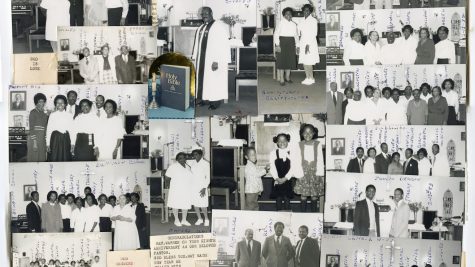AWOL Newswire: The Fenty Narrative
The narrative on the Fenty-Gray race is being written now, and it is being based largely on two falsehoods that were at the core of the Fenty campaign. The first falsehood is that Chancellor Rhee’s effort to drive experienced teachers out of the DC school system, on the assumption that older teachers were the primary problem with an ineffective urban educational system, represented “educational reform.” Rhee became a national symbol of educational reform and, at least in the national press, the success of her methods was unquestioned. Therefore, the narrative goes, if the children in DC schools demonstrated against her when she fired and replaced some of their favorite teachers, if the parents of children in DC schools judged that they didn’t like her methods and her attitude toward them, then those opponents didn’t care about education itself. In the local and national press, it became a racial narrative; in fact, it became a racist narrative. Black people, who didn’t value education and who didn’t want their children to be better educated, voted against Fenty because they were angry that Rhee was improving their schools.
That this foolish argument should gain any traction is astonishing, but it has become the dominant story in the local and national press. Because both the political left and the political right have accepted the top-down, autocratic model of “educational reform” as valid, press accounts from both the left and the right have characterized public resistance to it as evidence of the self-destructiveness of a backward race, and public comments on those articles in both the liberal and conservative press have made the argument explicitly.






